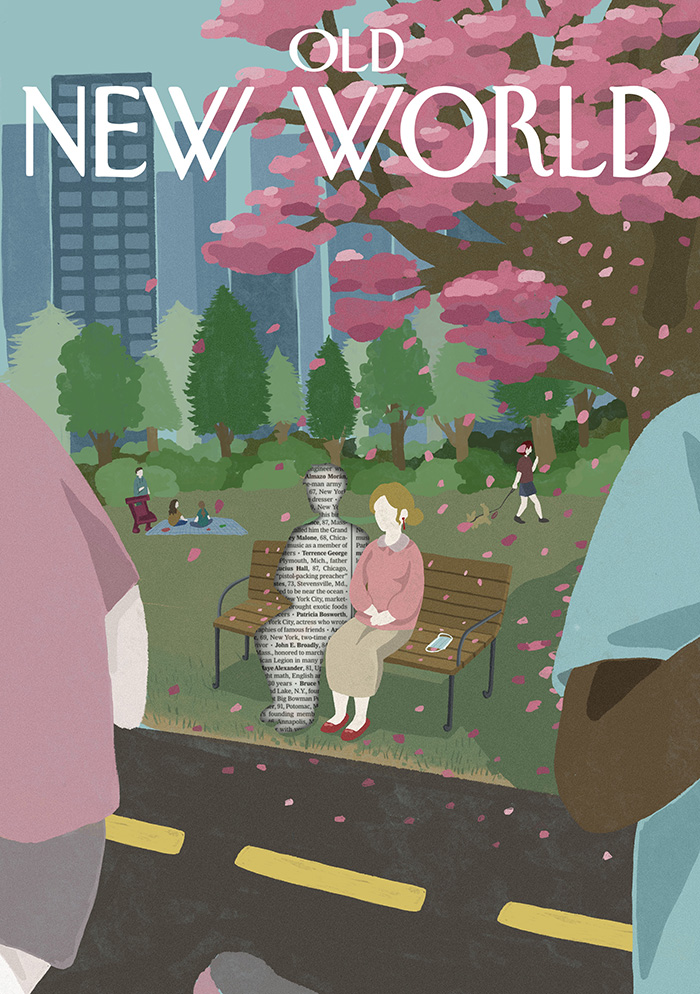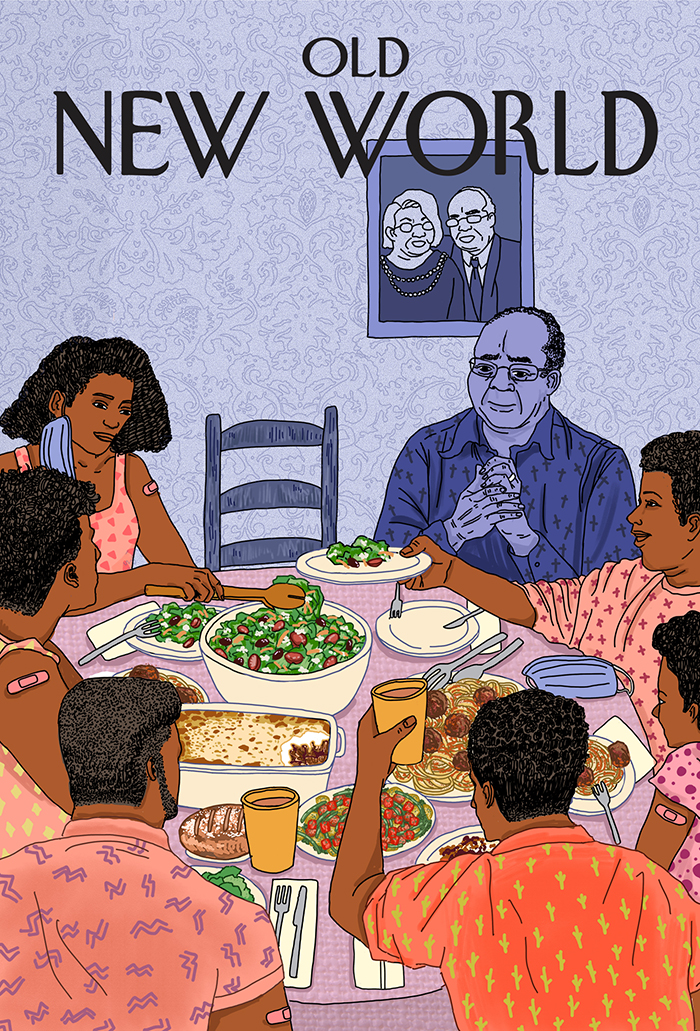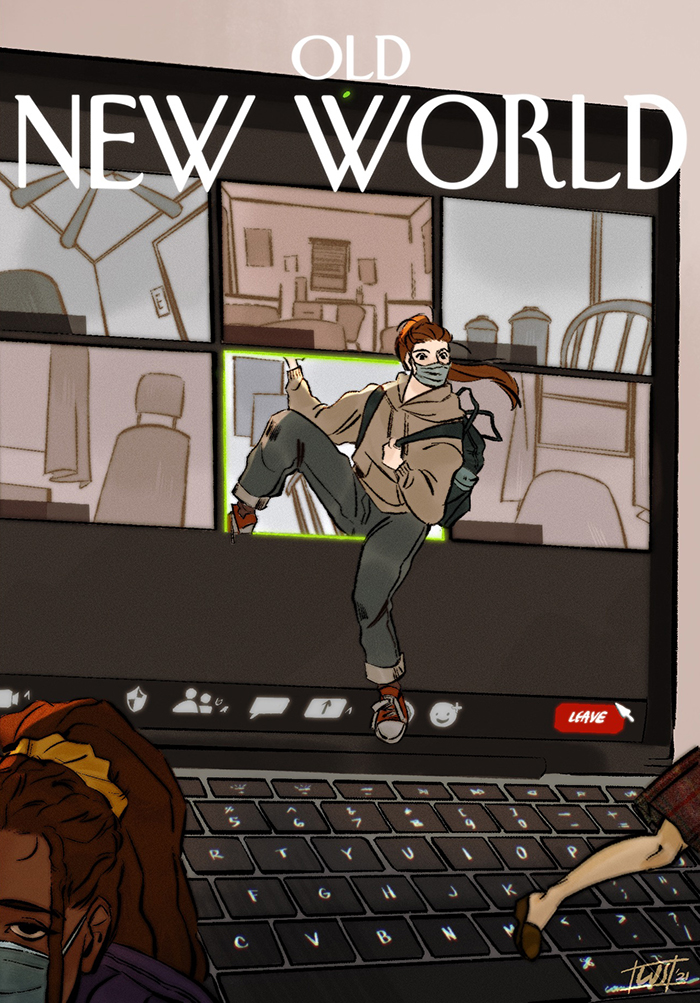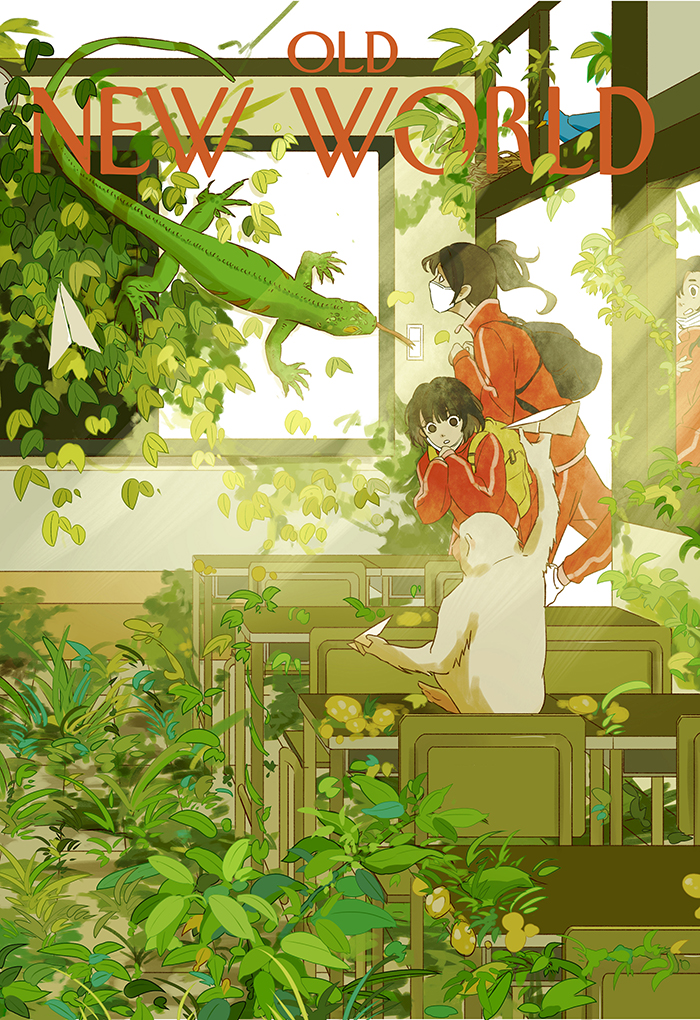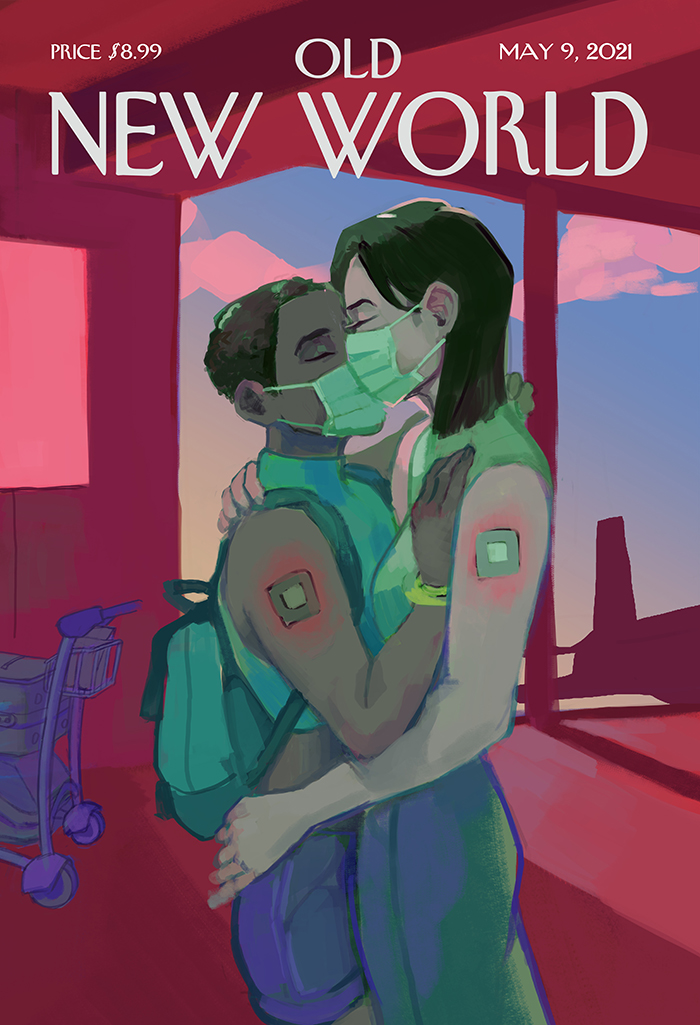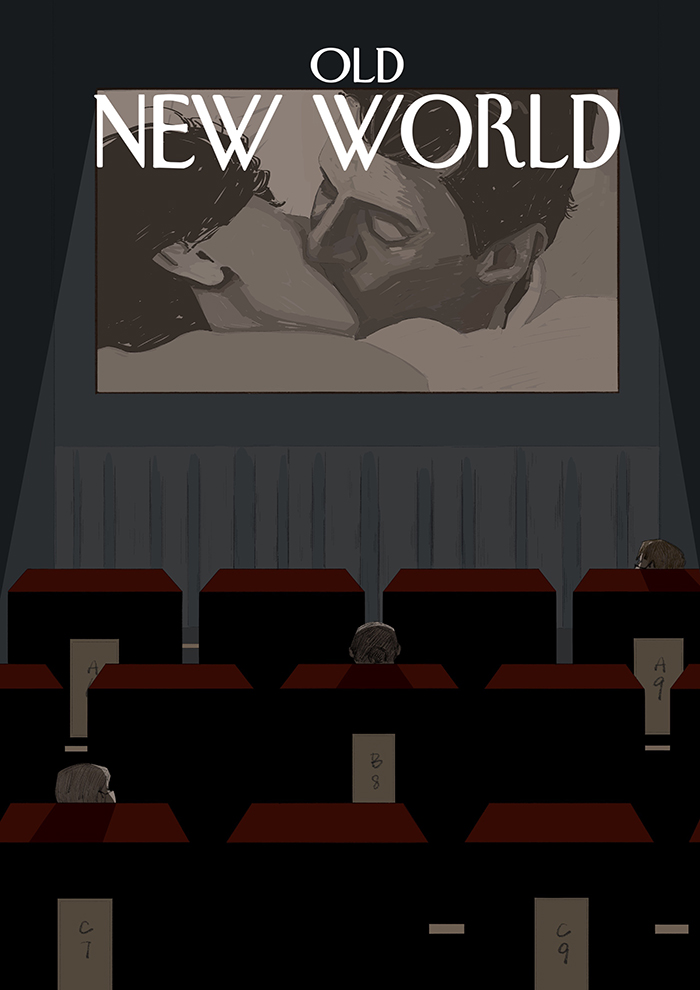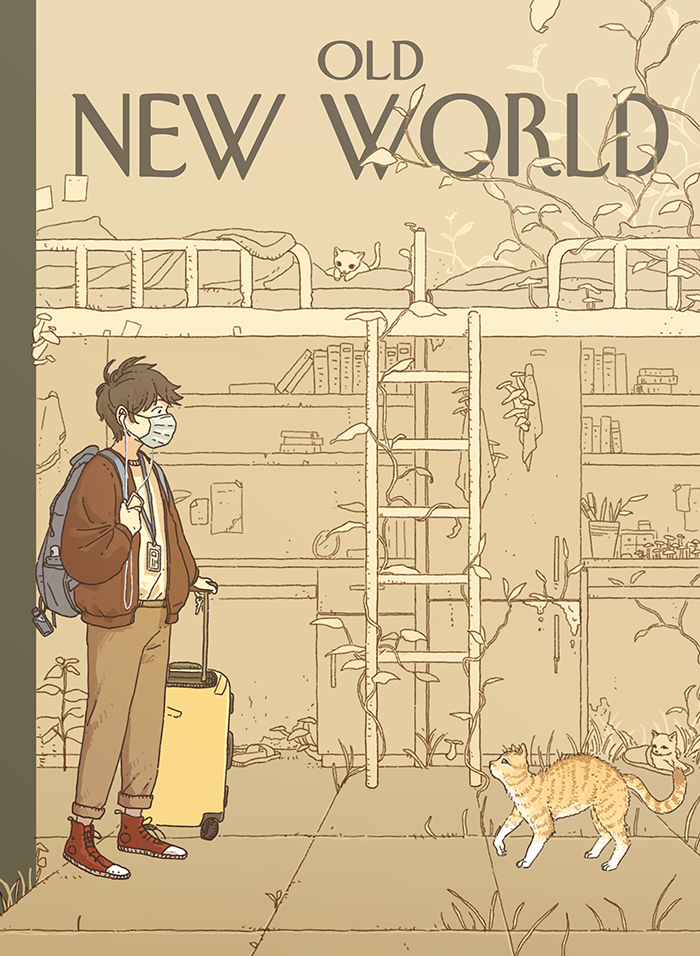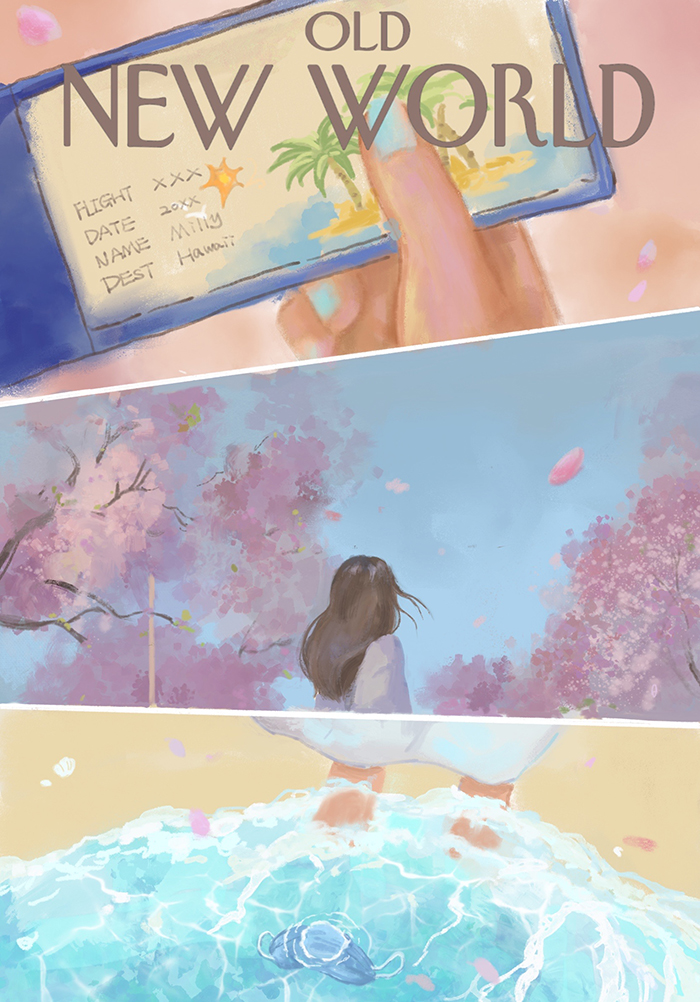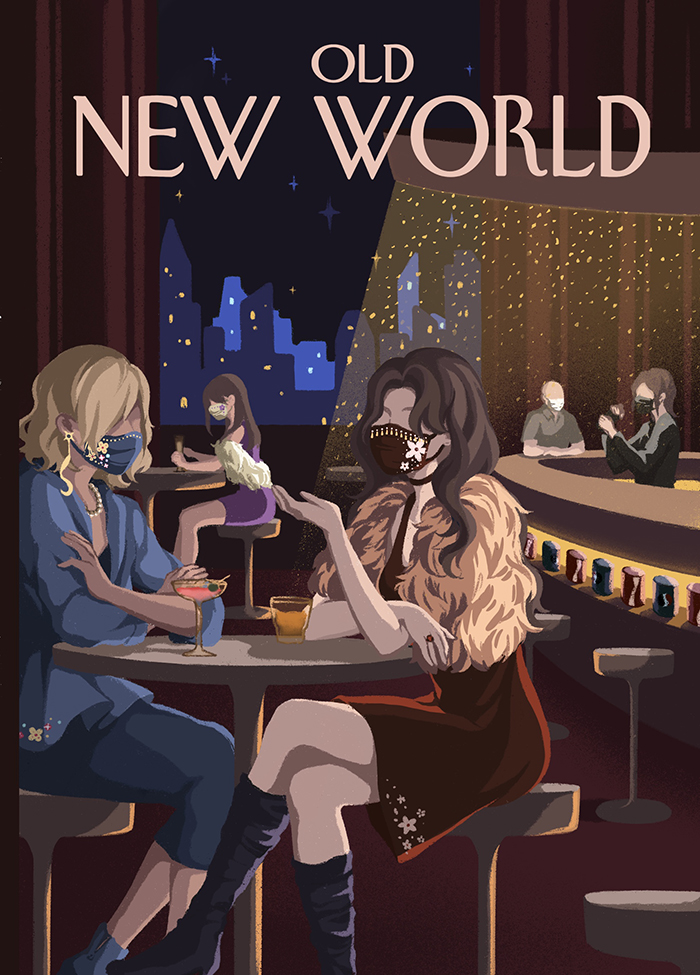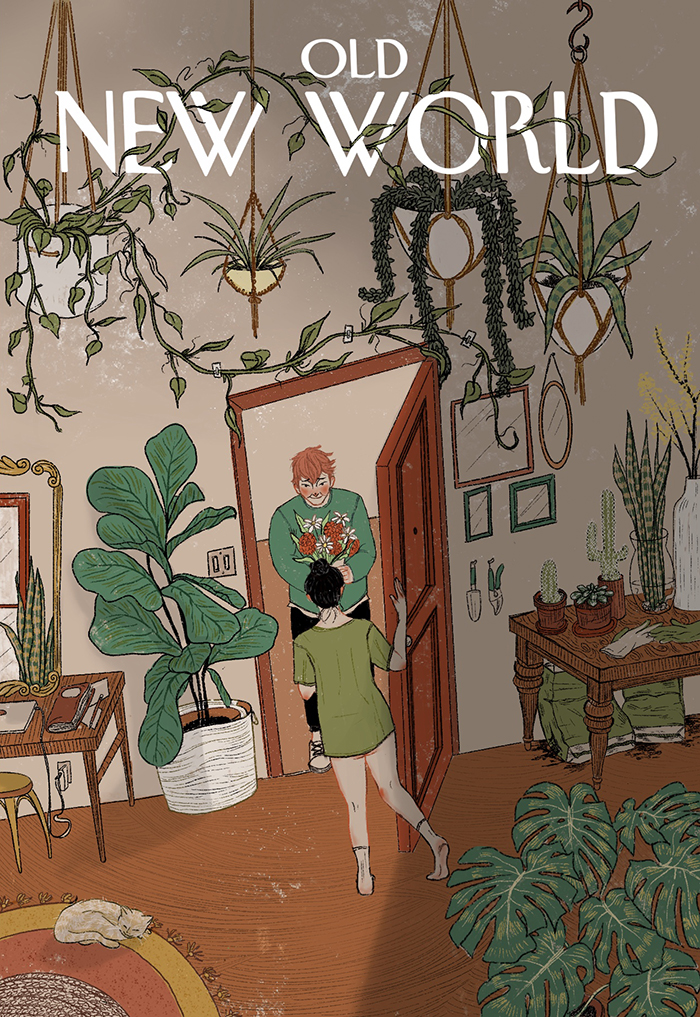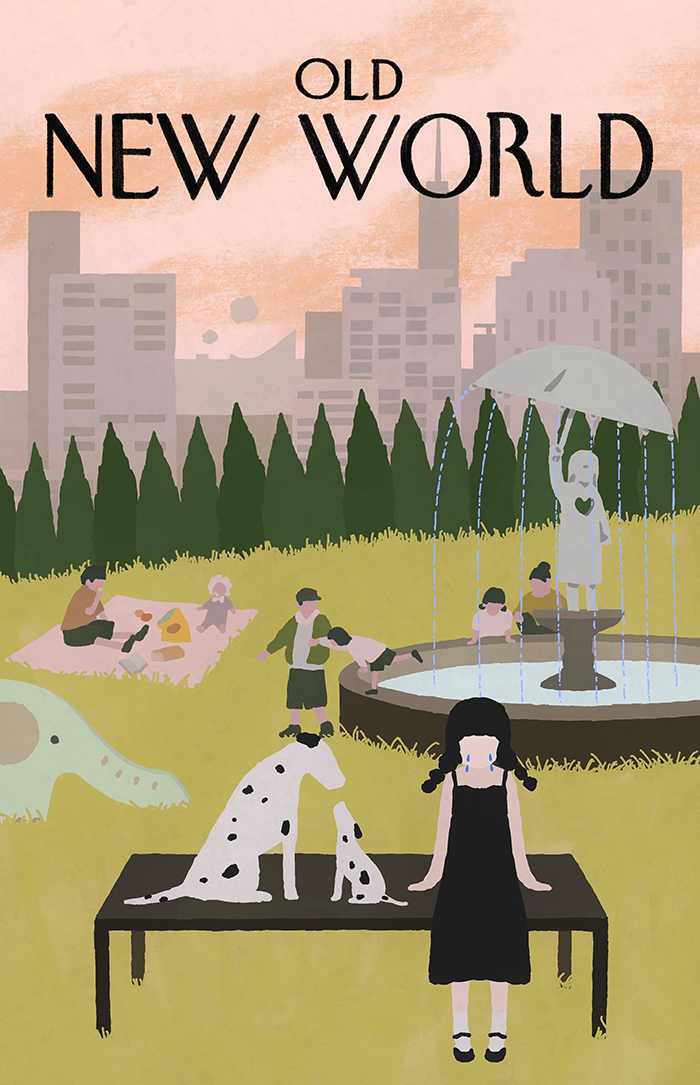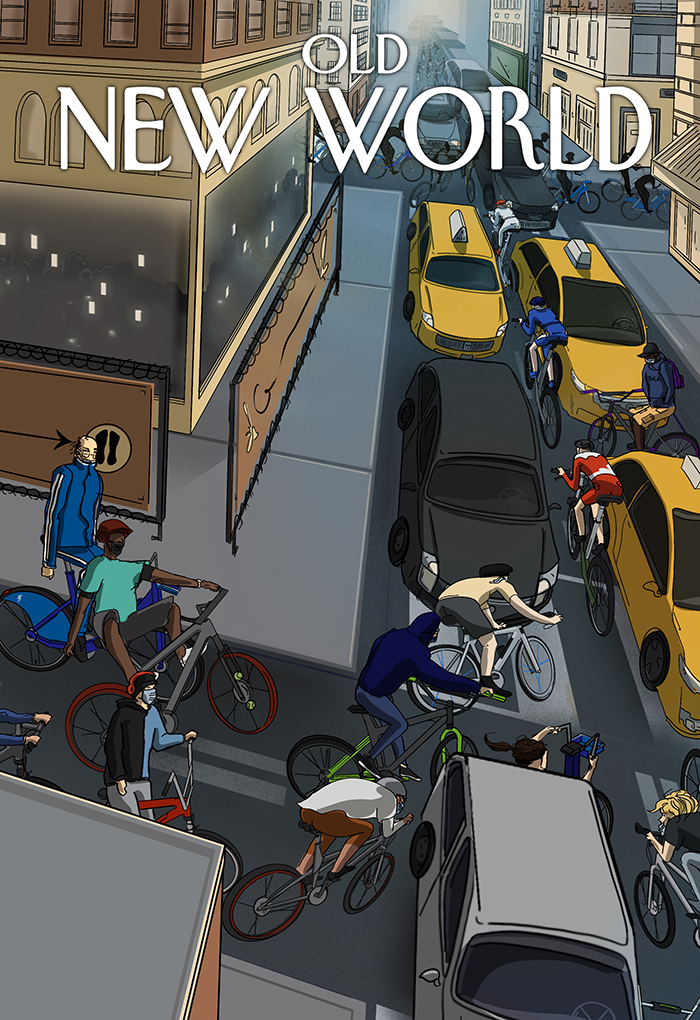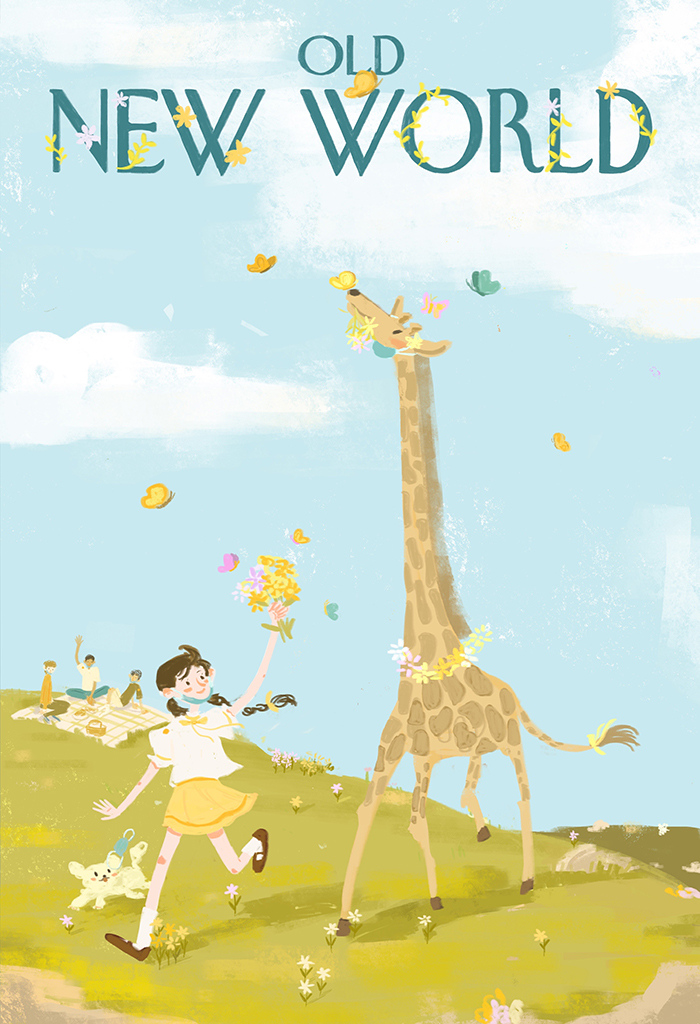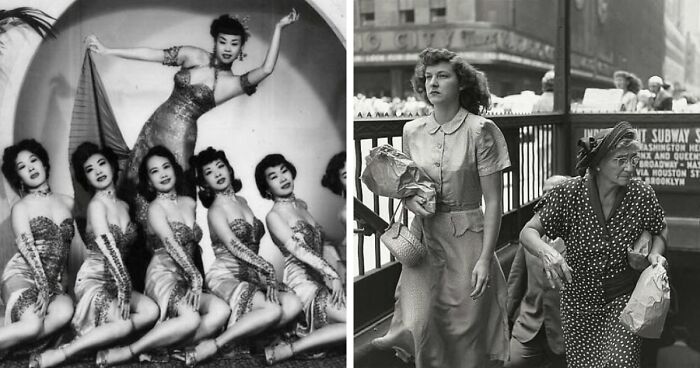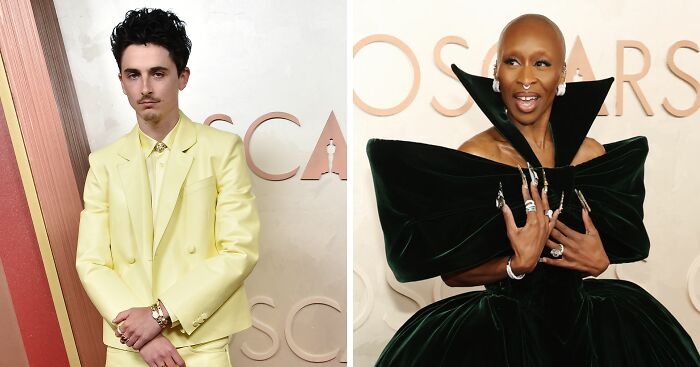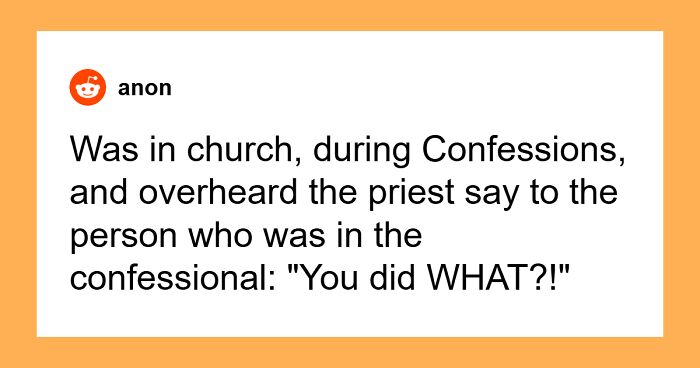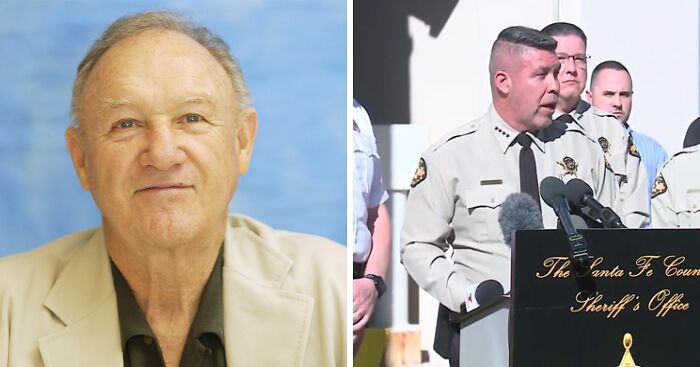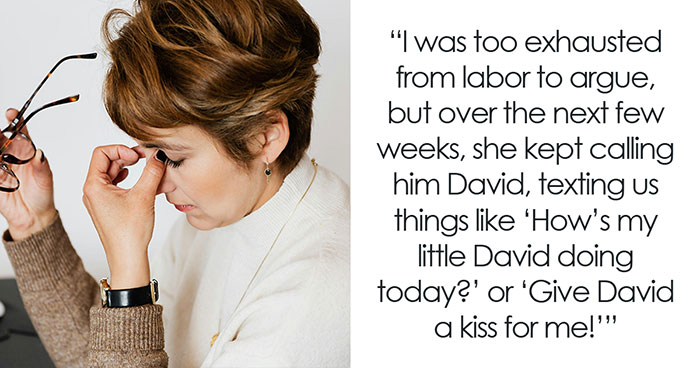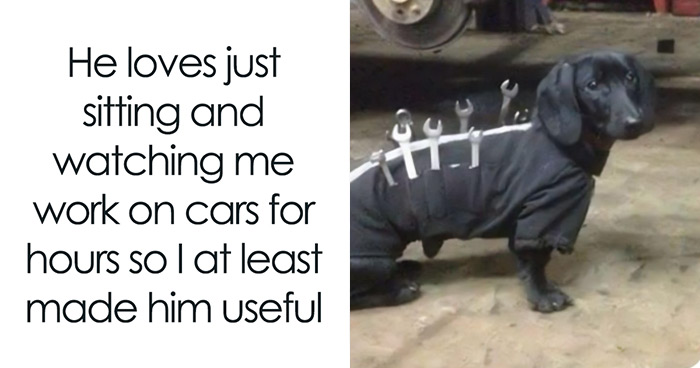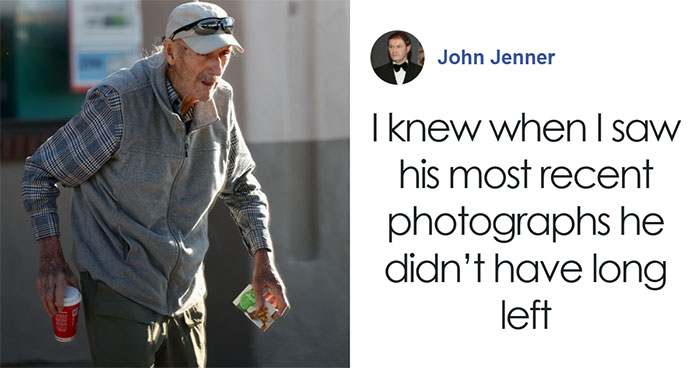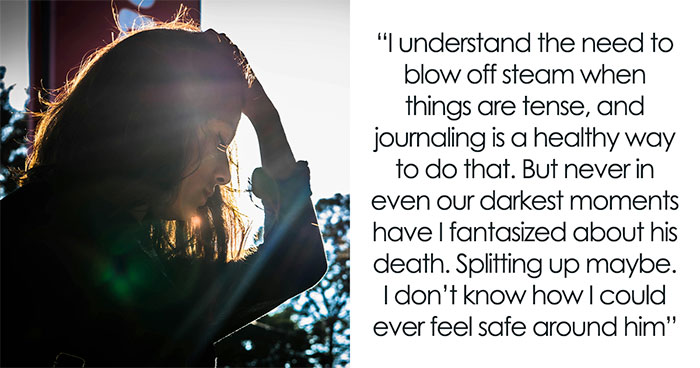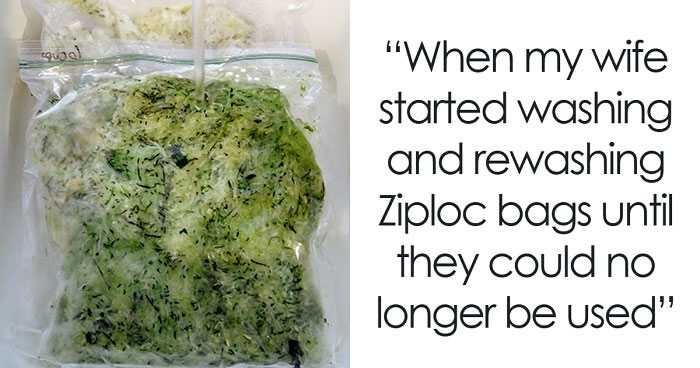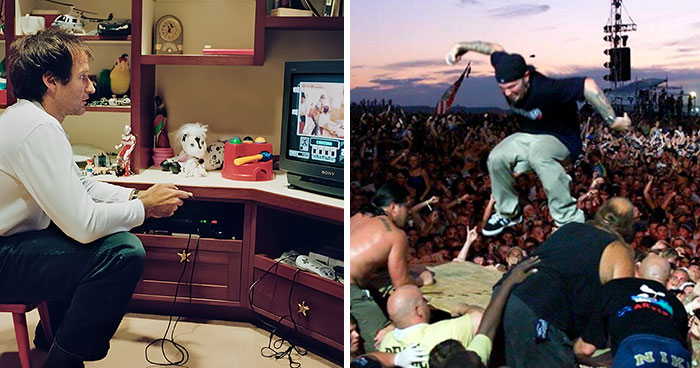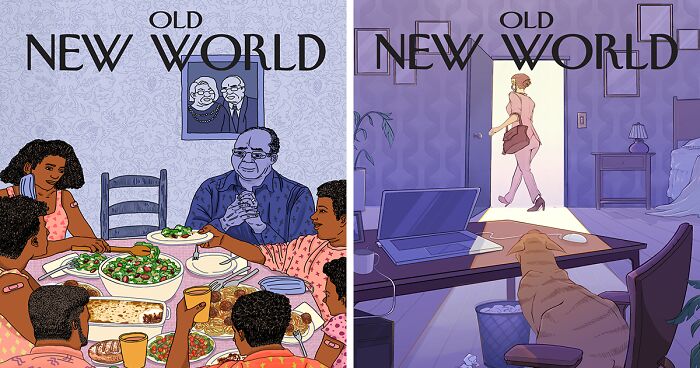
9Kviews
Students Created Spot-On Post-Pandemic New Yorker Magazine Covers And Here Are The 17 Best Ones
InterviewThere were times when people intensively tried to predict what the future would hold for us. What kind of innovations would enter our life and how advanced humankind is going to be. Then the pandemic hit. It brought chaos and uncertainty, which only made it speculate more about what is going to be next for people and their lives. Are we ever going to get back to “normal”? Maybe all these temporary measures are what our future is going to be?
Tomer Hanuka who is an illustrator and art teacher in The School of Visual Arts located in New York, gave his 3rd year illustration students an assignment: to create a post-pandemic cover image for The New Yorker. He shared his students' works on Twitter where they went viral: the post got 132k likes and was retweeted 35.4k times. It also received a lot of appraising comments on this social media channel.
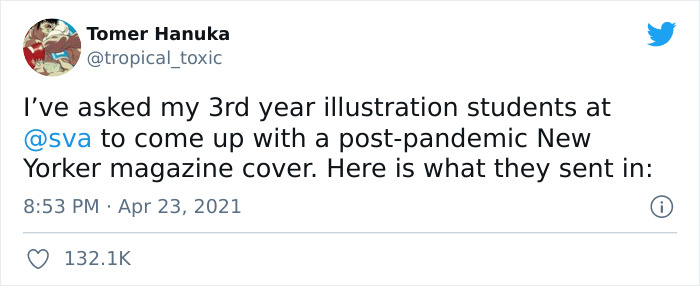
Image credits: tropical_toxic
For the last assignment right before the end of the semester, the teacher asked his students to create a fake cover for The New Yorker and try to present a world after the pandemic ends. The illustrations are full of details that show everyday life actualities and aspirations of what might wait for us in the future. Since these covers are so realistic, to avoid confusion, the logo of The New Yorker was later changed to Old New World, which honestly depicts the topic even better.
This post may include affiliate links.
Bored Panda contacted Hanuka and asked him a few questions related to the topic. Tomer Hanuka also creates covers for the actual The New Yorker, his latest work “A Chorus of Thanks” - an illustration that represents the gratitude to essential workers that risk their health during the pandemic. Even though the image and the idea behind it carries a strong message, we asked Hanuka how his post-pandemic cover would look like if he had to change places with his students. He did not hurry to answer and explained that for him to come up with a “decent” idea could take 2-3 weeks. Of course, we can only imagine how much time and effort an artist needs to create something meaningful and valuable.
Stereotypically thinking, inspiration is seen as one of the most important drivers for all sorts of artists and creators. But what to do if the inspiration just doesn’t hit? We asked Hanuka what kind of advice he gives to his students who have to create all this “pandemic art” but suffer from a lack of inspiration. We were curious to find out if that ever happens and his answer could be valuable to any of those who struggle to find what is meaningful in their everyday life: “Inspiration is for amateurs. Our aim, in class, is to develop tools that can generate ideas in the form of visual stories. It starts with looking closely at our own lives, and identifying a small detail that feels profound”. And I guess a lot of us can find these small but relevant details that reflect our life shown in the works of Hanuka’s students. For example, finally going outside and having real contact with another human being.
Things, like meeting your friends and going for a drink or travelling to unseen places, is something that we all need for us to feel sane. For artists, it is something that keeps their creativity running. Hanuka points out that “the spark of ideas often occurs when two or three separate thoughts collide in our wandering minds. Having our physical movement limited hurts those types of coincidences. We have less friction, less time existing in situations that are unplanned and unfamiliar. The nature of our thoughts becomes cyclical and familiar. Predictable. It's a death sentence to creativity”.
I guess we all can take something from these illustrations. For some, they represent the new and weird chapter of life. For some, it may remind things that we took for granted. It can also be seen as a ray of hope, a belief of how everything will turn out fine in the future. According to the artist, the pandemic art is “a snapshot of our time, like any good art. We get a sense of what it was like to live through these times, externally and internally”, so someday it will be just a reminder of the hard times we had to live in.
How would you describe your life after the pandemic? Or maybe you already seen it in one of the Old New Worlds? Share your thoughts in the comments.
What’s this supposed to be? I actually want to know I just don’t understand
All of these are really, really good. I love the art styles. And they're very thought-provoking.
All of these are really, really good. I love the art styles. And they're very thought-provoking.

 Dark Mode
Dark Mode 

 No fees, cancel anytime
No fees, cancel anytime 












